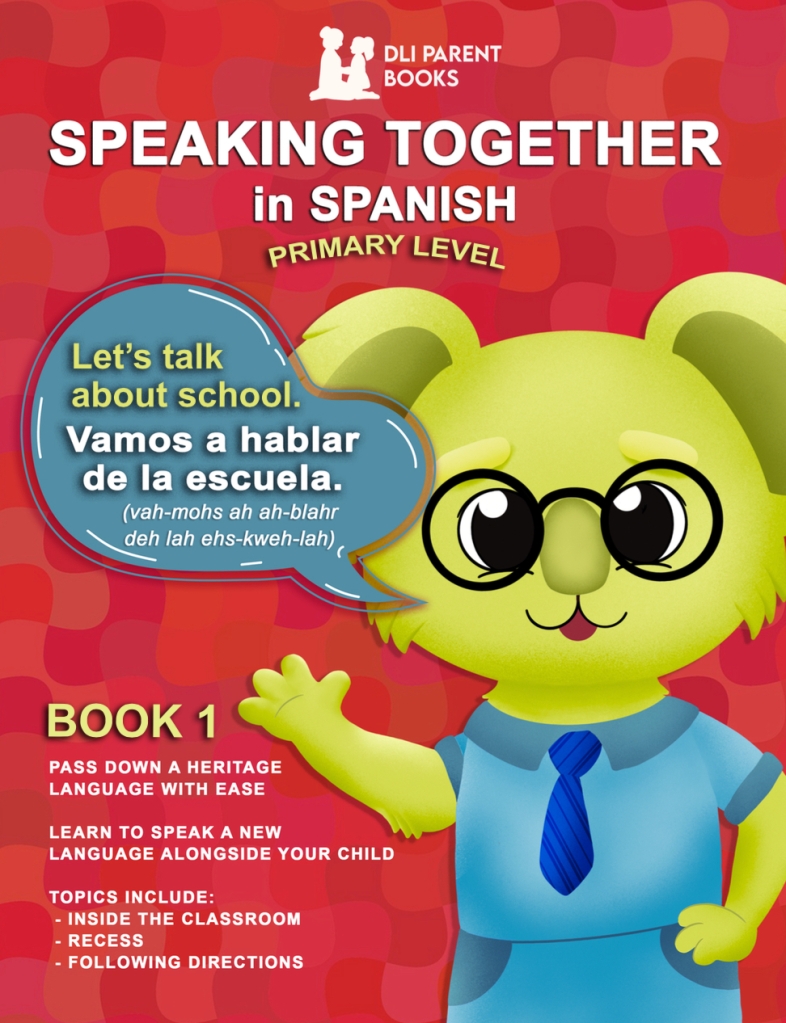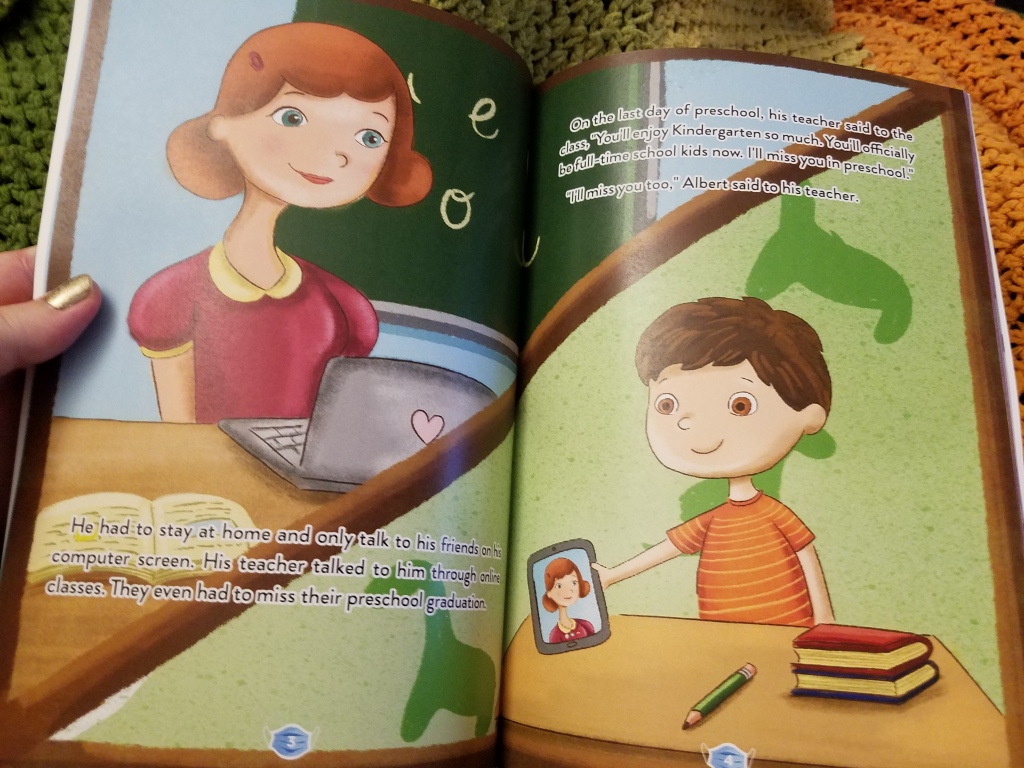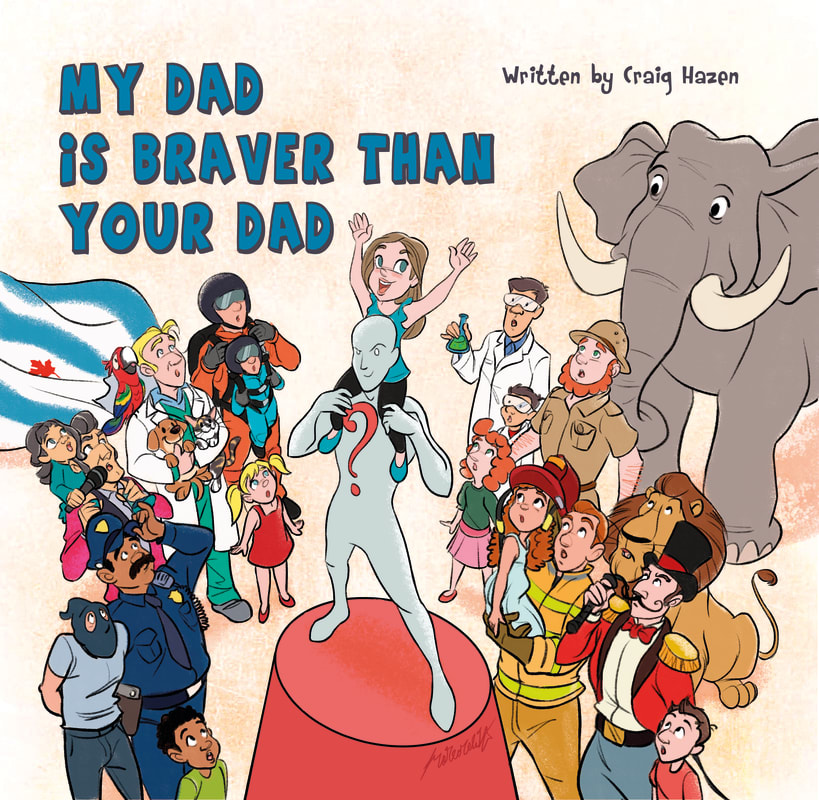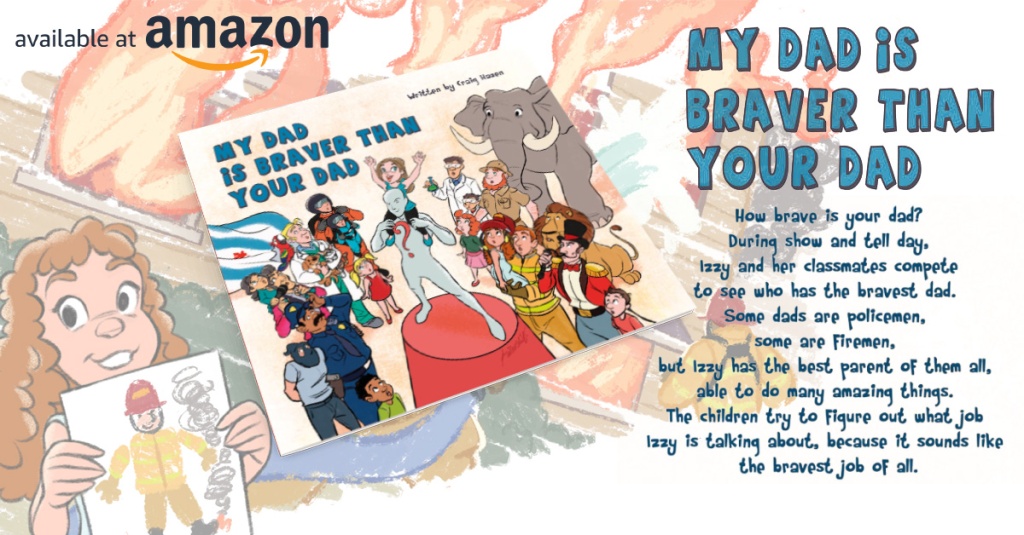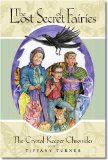The summer is an excellent opportunity for children to learn new skills and start a lifelong learning journey. Why not help them start learning language skills?
I’ve found a book series that has been written by a parent that wanted to teach her children their lost heritage of language. Marie Urquidi is Filipino but wasn’t encouraged to learn Tagalog, the Filipino language, as a child. Her husband has Mexican heritage and wasn’t motivated to learn Spanish. She decided to help her child to learn Spanish in school and enrolled her in a Spanish Dual Language Program. It turned out to be a Spanish course for herself as well.
She developed learning worksheets to help herself review the language as well as to support her child. Through this teaching opportunity, she has developed a unique set of workbooks to help children learn Spanish with their parents. Her “Speaking Together” workbook series covers how to teach your child Spanish, Tagalog, and English. I had the chance to ask Marie Urquidi about her influences growing up, writing projects, and what writing means to her.
- Who is your favorite author and how did they influence you?
Marie Urquidi: Jane Yolen has written over 400 books, and I absolutely fell in love with “How Do Dinosaurs Say Goodnight?” I read that to my son one night, and we enjoyed it. It was a great way to bond over the pictures and the questions in her story. The engagement with my son as I read her books is what I want to emulate. She inspires me to write engagingly because I want to replicate that same experience for readers.
2) What subjects would you like to write about in future projects?
Marie Urquidi: My bilingual books aim to encourage parents and children to practice language learning in a fun and easy way. I currently have Language Workbooks for parents and children learning Spanish, Tagalog, and English. The books focus on conversations about school, recess, and playtime. I’m currently developing picture books that focus on other areas of language learning, for example, tenses and vocabulary. You can find my books on Amazon or my website: DLIParentBooks.com.
3) What is writing to you in one sentence?
Marie Urquidi: Writing is an opportunity to share a piece of you that’ll last beyond our own time here on earth.
“Speaking Together in Spanish” is a wonderful workbook to help reinforce your child’s Spanish lessons as well as learning the language yourself. With phonetic translations, easy phrases to start conversations, and extensive practice and review, you’ll have a tool to have you practice Spanish right along with your child. This workbook will give your child more opportunities to speak Spanish out of school, with private tutoring or even with Spanish-speaking playdates. You’ll gain intermediate-level grounding in four key skills: reading, writing, speaking and listening. This specially designed workbook is equipped to help monolingual parents facilitate supportive learning at home while learning the language. Great for private tutoring support or supplemental homework for the classroom, this series is a beautiful support for parents and home schooling programs.
For information on all the workbooks, here are the links:
For more information on Marie Urquidi, visit her Amazon author page and/or her website at: DLIParentBooks.com.

